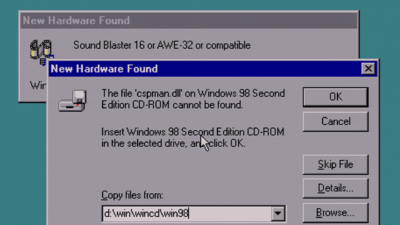Tire Pressure Sensor Fault: Causes, Consequences, and Solutions

Introduction
Modern vehicles are equipped with numerous safety features, one of which is the Tire Pressure Monitoring System (TPMS). This system is designed to alert drivers when the tire pressure is too low, helping to prevent accidents caused by underinflated tires. However, sometimes, instead of a low-pressure warning, drivers might encounter a “Tire Pressure Sensor Fault” alert on their dashboard. Understanding what this fault means, its causes, and how to address it is crucial for maintaining vehicle safety and performance.
What is a Tire Pressure Sensor?
A tire pressure sensor is a small device located within each tire, usually attached to the valve stem or embedded inside the tire itself. The sensor continuously monitors the air pressure in the tire and sends this information to the vehicle’s onboard computer. If the tire pressure falls below a certain threshold, the TPMS triggers a warning light on the dashboard, alerting the driver to the issue.
What Does a “Tire Pressure Sensor Fault” Mean?
When a “Tire Pressure Sensor Fault” warning appears on the dashboard, it indicates that the vehicle’s TPMS is unable to receive a proper signal from one or more tire pressure sensors. This fault means that the system is no longer accurately monitoring tire pressure, which can compromise safety if a tire becomes underinflated without the driver being aware.
Common Causes of Tire Pressure Sensor Faults
Several factors can cause a tire pressure sensor fault, including:
- Battery Failure: Tire pressure sensors are powered by small batteries that typically last between 5 to 10 years. When these batteries die, the sensor can no longer transmit data, leading to a fault.
- Sensor Damage: Sensors can be damaged during tire installation, by road debris, or by corrosion. Physical damage to the sensor will prevent it from functioning correctly.
- Signal Interference: Occasionally, electronic interference from other devices or even metal objects within the vehicle can disrupt the signal between the sensor and the vehicle’s computer.
- Faulty TPMS Module: The vehicle’s TPMS module, which processes the data from the tire sensors, can malfunction. If this module fails, it can trigger a sensor fault warning.
- Incorrect Sensor Installation: If a sensor is not installed properly, especially after tire replacement or rotation, it may not communicate correctly with the TPMS, causing a fault.
Consequences of Ignoring a Tire Pressure Sensor Fault
Ignoring a tire pressure sensor fault can have serious consequences:
- Inaccurate Tire Pressure Monitoring: Without a functioning TPMS, the driver won’t receive warnings about underinflated tires, increasing the risk of tire blowouts, poor fuel efficiency, and uneven tire wear.
- Compromised Safety: Underinflated tires can lead to reduced traction, longer stopping distances, and poor handling, particularly in adverse weather conditions.
- Vehicle Inspection Failures: In many regions, a malfunctioning TPMS can cause a vehicle to fail safety inspections, requiring repairs before the vehicle is deemed roadworthy.
How to Address a Tire Pressure Sensor Fault
If a tire pressure sensor fault occurs, the following steps can help resolve the issue:
- Check Tire Pressure Manually: Use a tire pressure gauge to manually check the air pressure in all tires. Inflate any underinflated tires to the manufacturer’s recommended levels to ensure safety until the sensor issue is resolved.
- Inspect the Sensors: Visually inspect the tire pressure sensors for any visible damage or signs of wear. If the sensor appears damaged, it will likely need to be replaced.
- Visit a Professional Mechanic: A mechanic can use specialized diagnostic tools to identify the specific cause of the sensor fault. They can also reset the TPMS and replace faulty sensors or modules as needed.
- Replace Sensor Batteries: If the sensor fault is due to a dead battery, the sensor may need to be replaced entirely, as most TPMS sensors have non-replaceable batteries.
- Regular Maintenance: Regular tire inspections and TPMS checks during routine vehicle maintenance can help prevent sensor faults from occurring.
Conclusion
A “Tire Pressure Sensor Fault” warning should not be ignored, as it indicates a potential issue with the vehicle’s ability to monitor tire pressure accurately. Understanding the causes and consequences of this fault allows drivers to take appropriate action to ensure their vehicle remains safe on the road. Regular maintenance and prompt attention to warning lights are key to preventing more significant issues down the line.











